
Mindful Minimalism in Design: Create with Clarity and Calm
Chosen theme: Mindful Minimalism in Design. Step into a space where every element serves a purpose, distractions fade, and intention leads the way. Join our community to explore simple, thoughtful design that feels good, works beautifully, and invites you to return.
Foundations of Mindful Minimalism
Intention Over Aesthetic
Mindful minimalism in design begins with asking why something exists before how it looks. By aligning every element to a clear purpose, you reduce noise, improve comprehension, and build trust. Share your guiding purpose below—what single outcome should your design serve today?
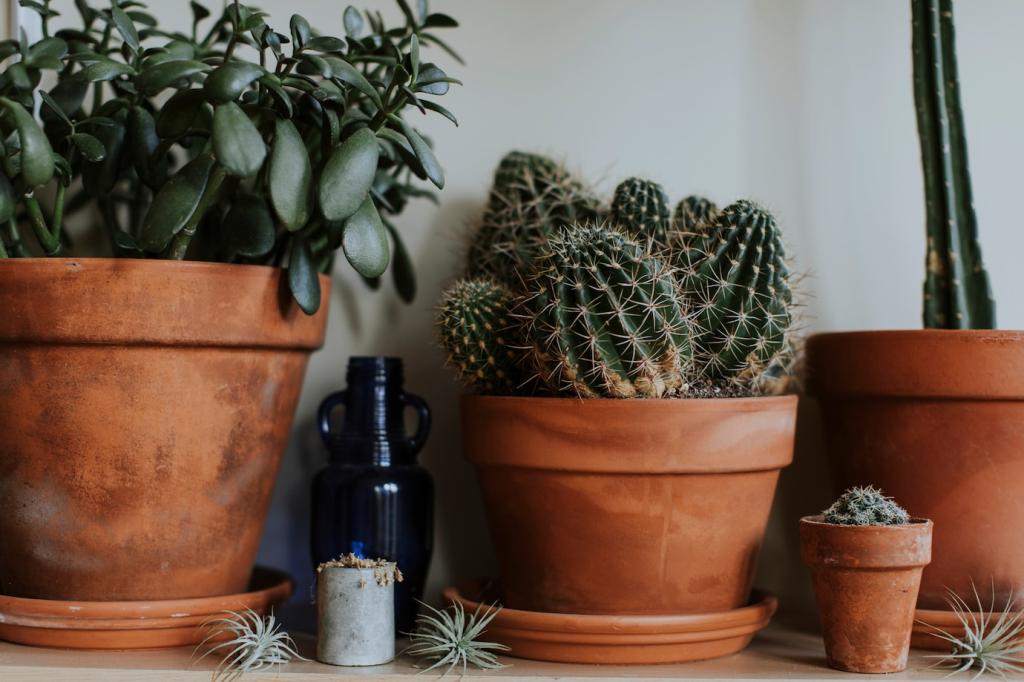

Clarity Through Reduction
Removing elements is not about austerity; it is about clarity. When you subtract the nonessential, the essential speaks louder. Try listing every component, then justify its job. If it cannot defend itself, it is likely stealing attention from what matters.
Typography That Breathes
Limit yourself to one type family and two weights to start. Increase line height, widen margins, and let contrast do the heavy lifting. The result is a reading rhythm that feels humane, respectful, and focused. What’s your go-to typeface for calm?
Typography That Breathes
Whitespace is not empty; it is structural breathing room. It groups related content, implies hierarchy, and slows the eye just enough to comprehend. Think of whitespace like pauses in conversation—meaningful, deliberate, and kind. Try doubling your padding and observe the difference.
Typography That Breathes
Mindful minimalism favors concise, empathetic language. Replace jargon with verbs people understand. Offer one action per sentence. Celebrate clarity over cleverness. Post a sentence you streamlined today, and let others vote on which version feels more respectful and direct.
Color, Space, and Quiet Emphasis

A Limited Palette with Purpose
Start with a neutral base and reserve one accent color for the most important action. This makes priorities obvious without shouting. Track how often your accent appears; if it’s everywhere, it’s nowhere. Share your palette and the specific role of each hue.
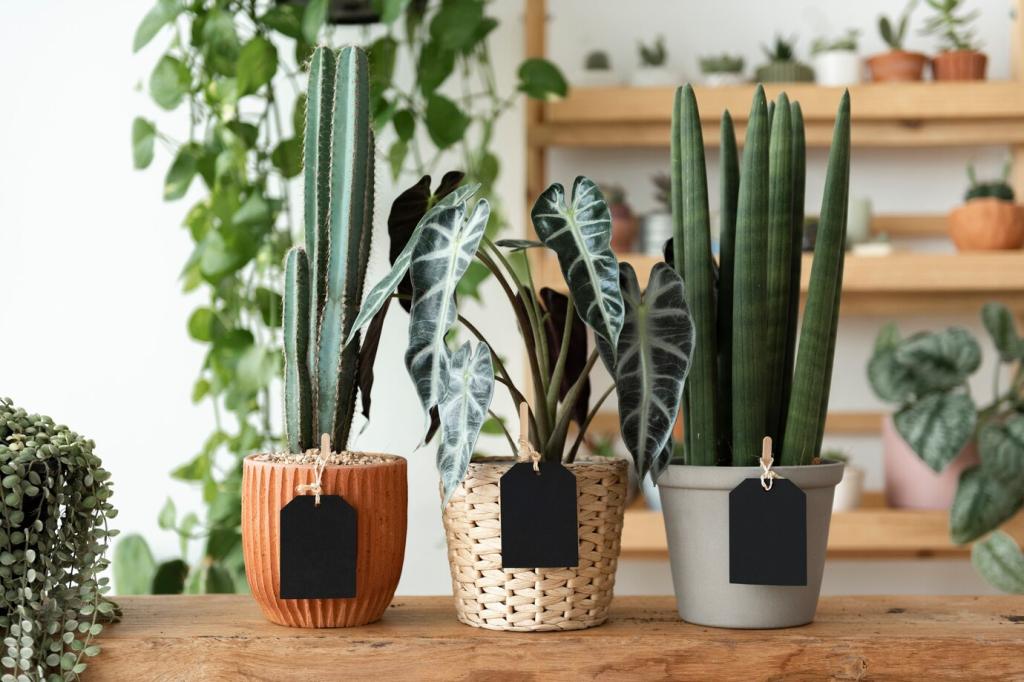
Contrast for Comfort
Mindful minimalism respects eyes and environments. Ensure sufficient contrast for readability across light and dark modes. Test in bright sun and low light. If you squint, adjust. Invite your audience to check your contrast ratios and suggest improvements with real use cases.
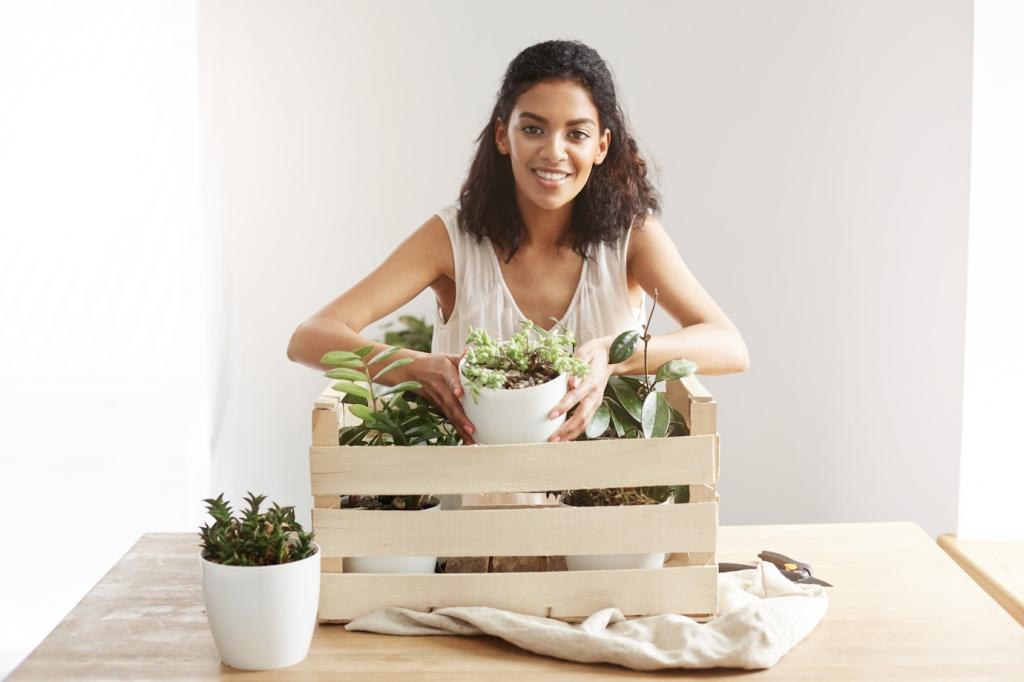
The Power of a Single Focal Point
Choose one dominant element per screen or section. Support it with breathing room and quiet helpers. When everything competes, nothing wins. Tell us your current focal point—headline, image, or action—and how you simplified the surrounding elements to honor it.

Stories From Practice
A nonprofit’s donation page had nine equal buttons competing for attention. We collapsed choices into one primary button with a clear default and an accessible edit link. Completion time halved, and donations rose. What’s your most dramatic simplification story?
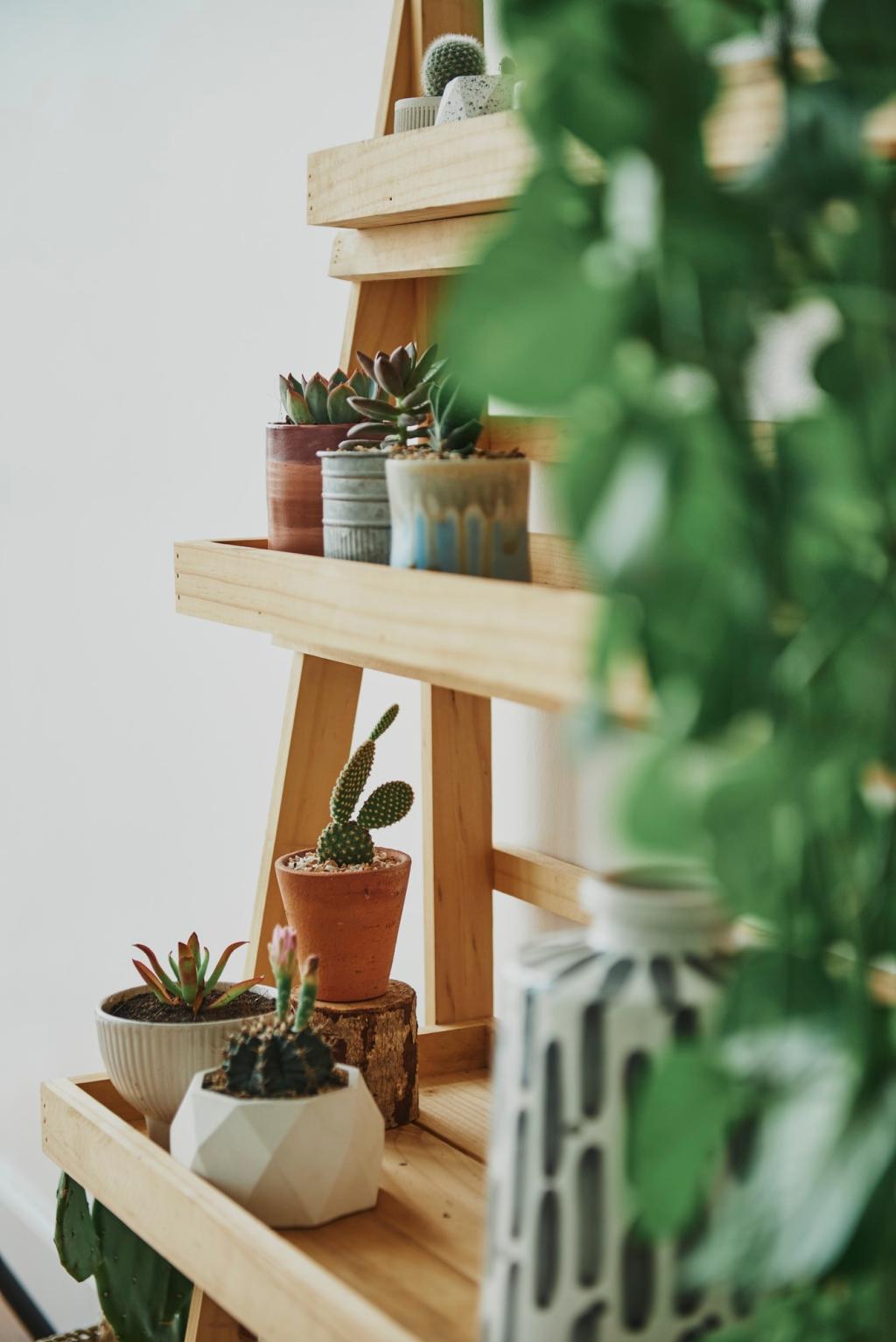
Sustainable, Accessible, and Kind
Lean assets and reduced scripts lower carbon footprints and speed experiences, especially on slower networks. Audit what you load and why. If an animation adds delight, keep it purposeful and lightweight. Post your page weight before and after an optimization pass.
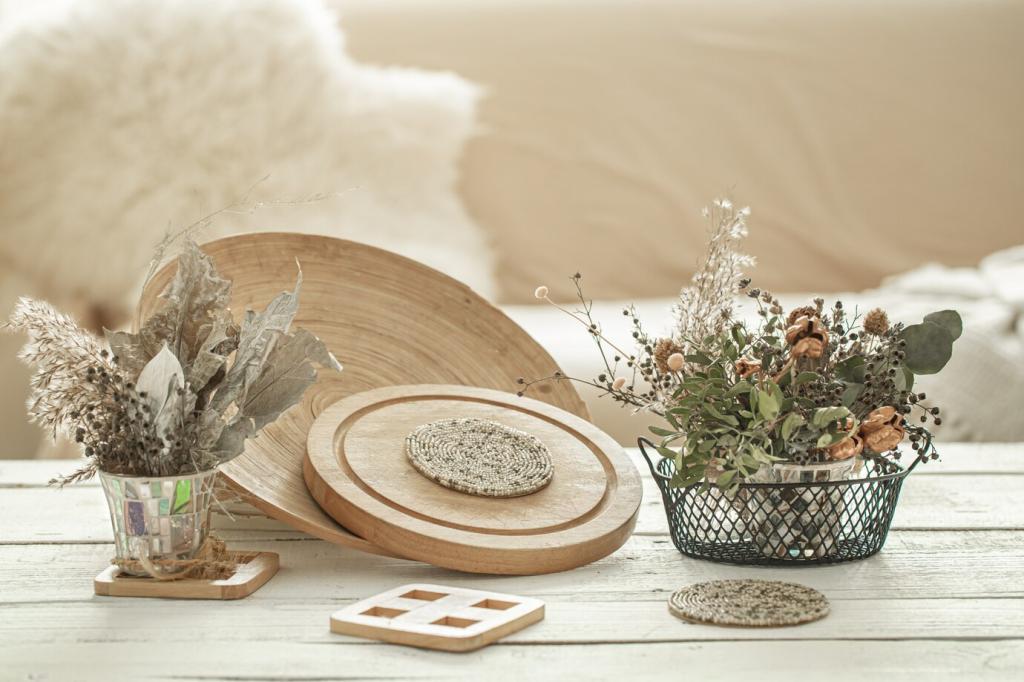
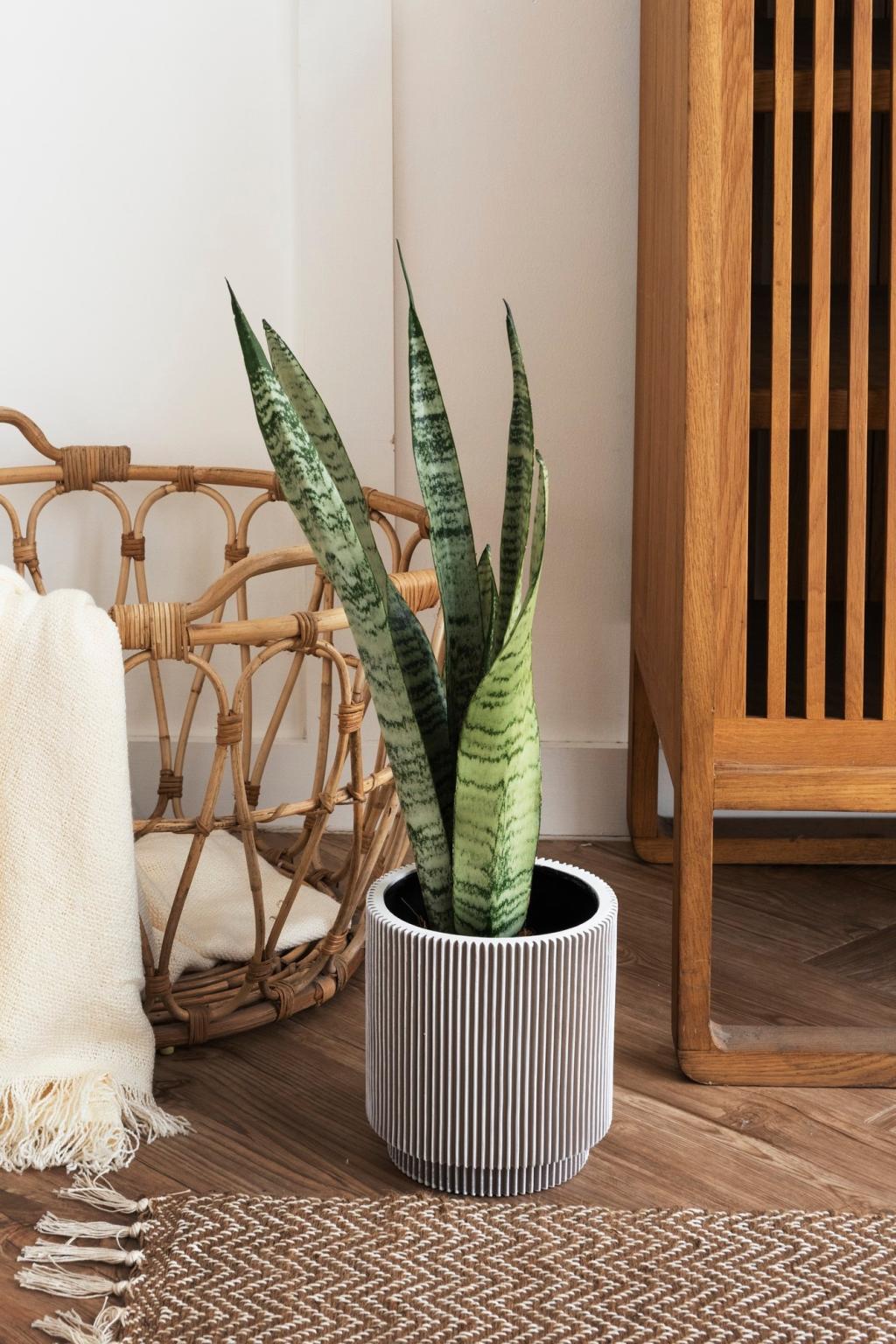
Sustainable, Accessible, and Kind
Clear language, predictable patterns, and focused actions reduce cognitive strain. Use consistent placements and descriptive labels. Offer obvious undo paths. Ask readers with diverse needs to test your flows and tell you where friction remains—then report back on changes.
